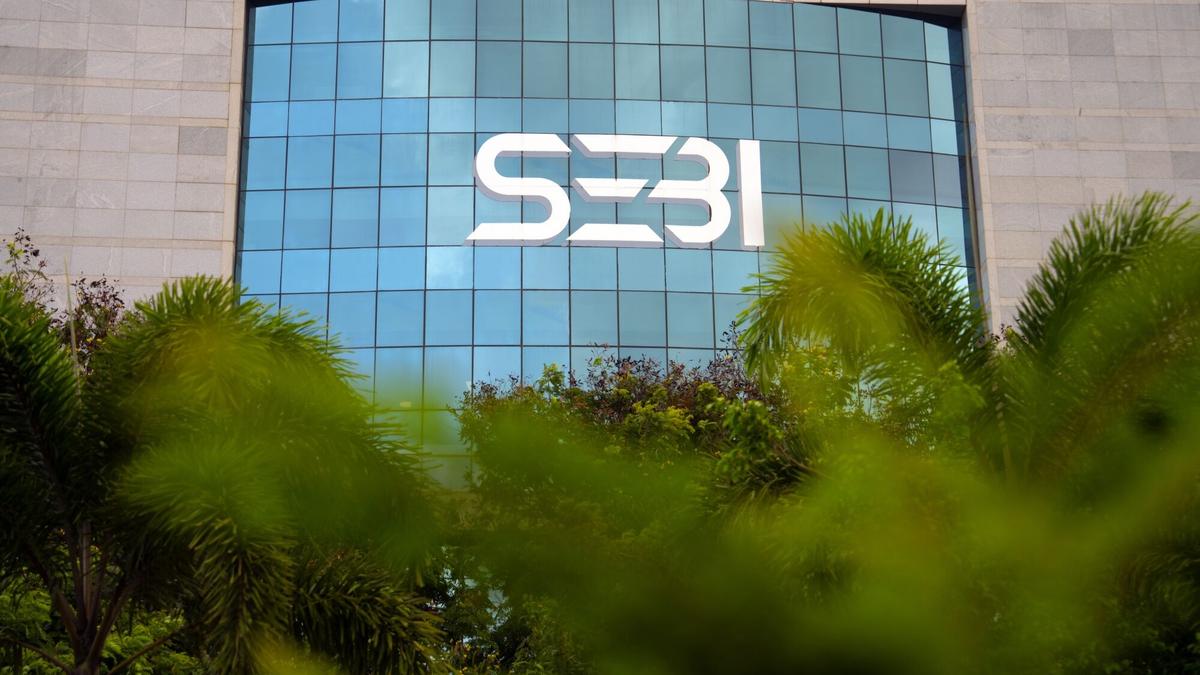By Akshata Gorde
Copyright thehindubusinessline

The Securities and Exchange Board of India (SEBI) curbing the powers of their chief executives of exchanges, clearing houses and depositories, mandating a greater role for executive directors (EDs) is expected to reduce reliance on single-person leadership of public utilities, experts said.
Key two verticals such as risk management, compliance, and investor grievance redressal will be overseen by board-level EDs, who will be designated as key managerial personnel. While they will continue reporting to the managing director, their performance will be evaluated by the board’s nomination and remuneration committee.
“This is a welcome move. In organisations where compliance and risk heads are respected, growth is many fold,” said Uday Tardalkar, market expert and economist. “MD not having unbridled powers could also benefit members of the MII board. This will lead to institutional governance rather than person centric.”
Institutional governance
Two board-level EDs responsible for critical functions are expected to strengthen governance and establish independent lines of communication with the board, committees and SEBI.
“The proposal elevates the governance standards for MIIs, placing greater emphasis on public interest and ensuring that critical operational and regulatory verticals have adequate leadership and board presence,” said KC Jacob, Partner at Economic Law Partners. “While SEBI mandates that these EDs be of comparable stature to the MD, their reporting to the MD may create challenges in maintaining a clear and effective hierarchy.”
The statutory committees will continue to hold separate meetings with KMPs once a quarter without the MD and ED. “There should not be any compromise on the authority of the MD, as he shall continue to oversee and be responsible for the overall affairs of MII and the proposed ED of verticals 1 and 2 shall report to MD,” said a SEBI source.
The step comes in the backdrop of SEBI’s broader focus on improving governance standards at MIIs after episodes such as the NSE colocation case, due to risks of excessive concentration of powers.
Anchor investor quota
Alongside governance changes at MIIs, SEBI also widened the scope and quota of anchor investors in public offerings. Insurance companies, pension funds and other long-term institutional investors can now participate as anchors, with their quota increased to 40 per cent from the earlier 30 per cent.
“The inclusion of life insurers and pension funds brings long-term, stable capital to IPOs,” said Ajay Kejriwal, Executive Director at Choice Equity Broking. “The only concern is ensuring smaller domestic institutions don’t get crowded out. Transparency in post-IPO allocation data would help.”
By enlarging the anchor investor pool, SEBI aims to bolster confidence in IPOs, attract diverse categories of investors, and reduce volatility in price discovery during listings–while maintaining the retail quota at 35 per cent.
Published on September 16, 2025



